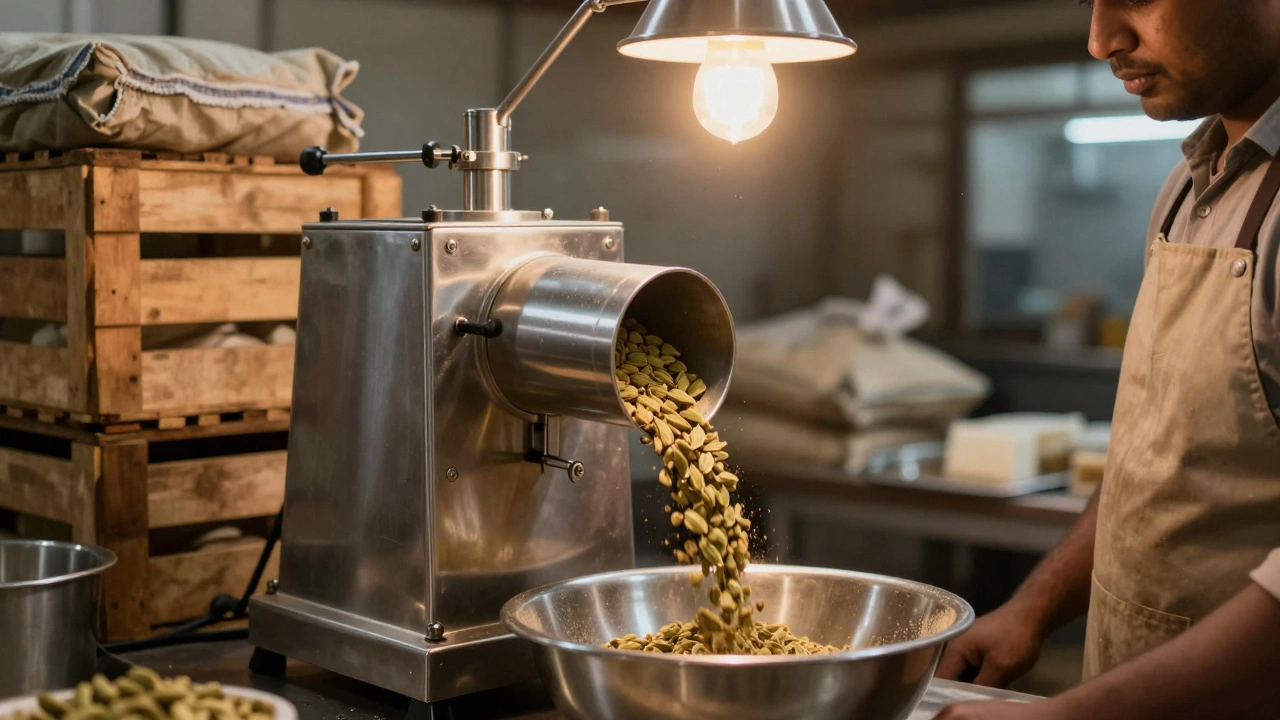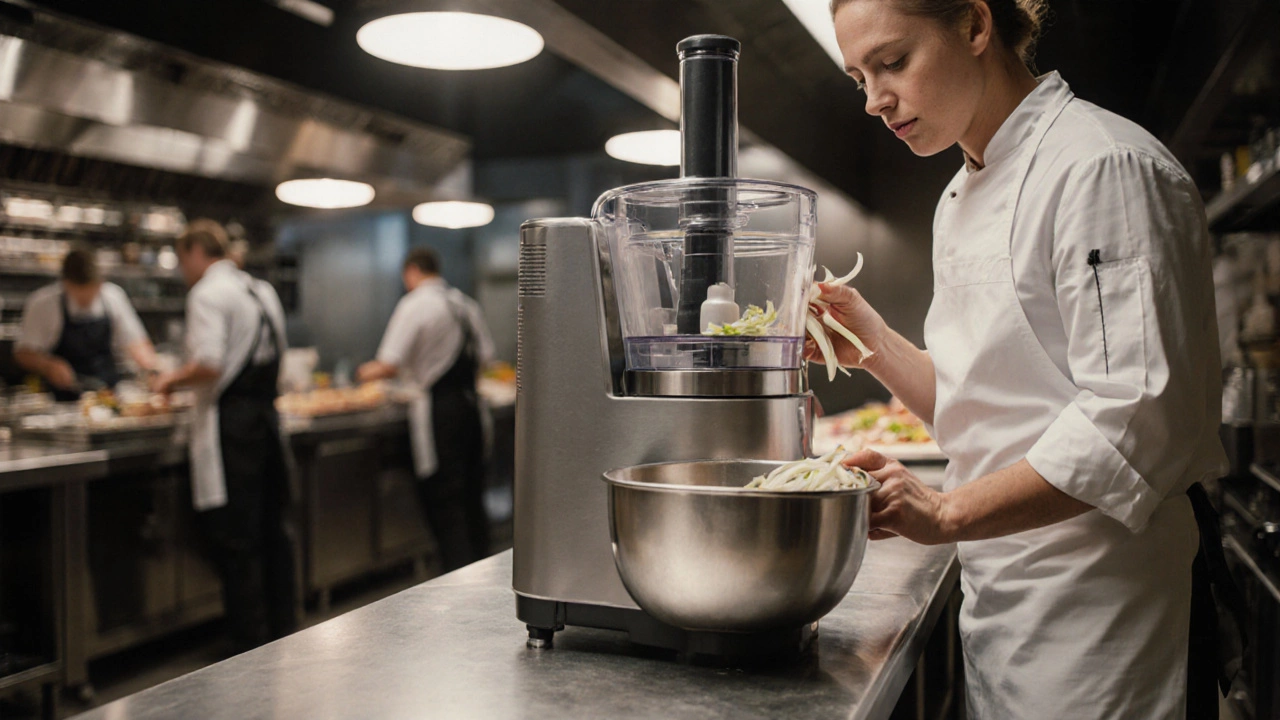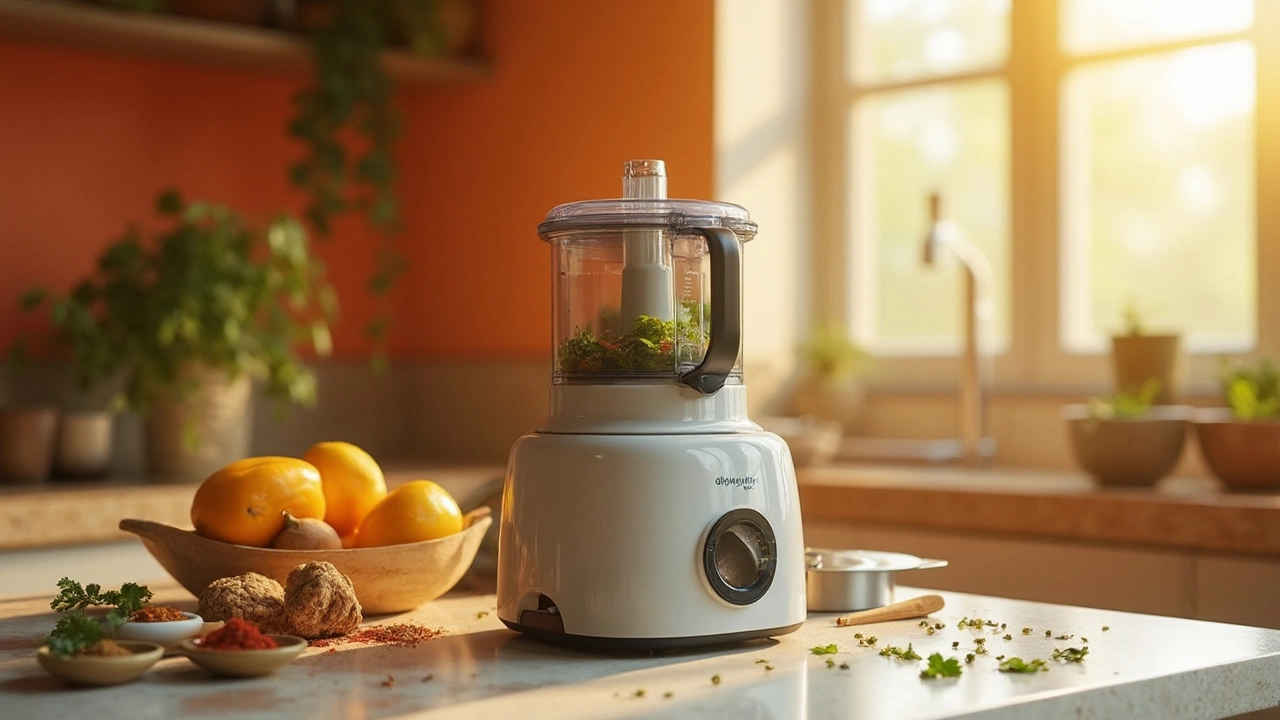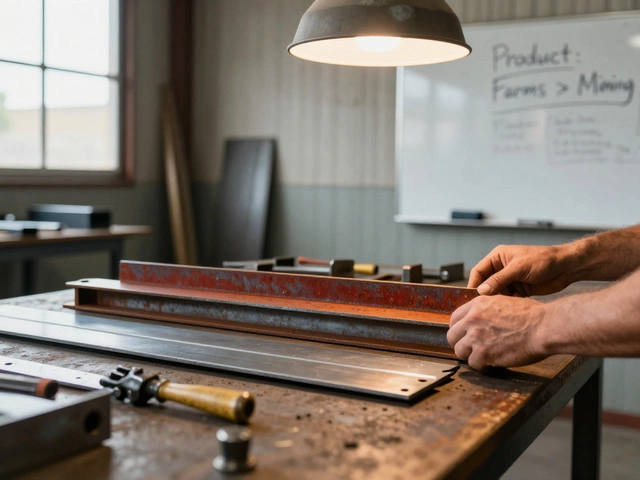Food Processor 101: Pick, Use, and Care for Your Kitchen Workhorse
If you’ve ever wished chopping, slicing and mixing could happen in seconds, a food processor is the answer. It’s not just a fancy blender – it’s a versatile tool that can dice veggies, grind nuts, make dough and even whip cream. Below we break down what to look for, how to get the most out of it, and simple upkeep tricks so it lasts for years.
Choosing the Right Model for Your Needs
Start by thinking about what you’ll use it for most. Home cooks who need quick veggie prep will love a compact 5‑liter bowl and a simple S‑shaped blade. If you plan to knead dough or grind meat, go for a larger 10‑liter capacity with a powerful motor (800‑1000W). Look for variable speed controls – they let you go slow for delicate emulsions and fast for chunky sauces. A few extra attachments, like a slicing disc or a dough blade, add value without buying separate gadgets.
Don’t overlook safety features. A good lock‑on lid and a motor that shuts off if the bowl isn’t seated properly keep accidents at bay. Noise can be annoying, so check user reviews for models that run quieter.
Getting the Most Out of Your Food Processor
Right after you unbox, give the bowl and blades a quick rinse – this removes any factory residue. When you start chopping, add a splash of oil or a little water; it helps the food move smoothly and prevents scorching. For even cuts, stack similar-sized pieces and use the pulse function instead of running it continuously.
One trick many overlook is using the processor for makeshift tools. Want a quick pesto? Toss basil, pine nuts, parmesan, garlic and olive oil into the bowl and blend until smooth. Need a fluffy egg white foam? Whisk on high speed – the motor beats a hand whisk any day.
Remember to not overload the bowl. Filling it past the max line reduces performance and can strain the motor. If you’re dealing with hard items like carrots, pulse in short bursts and scrape the sides to keep everything moving.
Cleaning is simple if you do it right away. Detach the blade, rinse under warm water, and wipe the bowl with a soft cloth. Most bowls and blades are dishwasher safe, but hand‑wash to keep the sharp edges in good shape.
Finally, store the processor with the lid off. This prevents odors from lingering and makes the next prep session faster.
With the right model, a few smart habits, and regular cleaning, your food processor becomes the silent partner that speeds up every recipe. Whether you’re whipping up a week’s worth of meals or experimenting with a new sauce, it’s the tool that turns kitchen chores into a breeze.
What Is the Difference Between a Processor and a Processing Unit in Food Manufacturing?
Understand the key difference between a food processor and a processing unit in food manufacturing. Learn when to use each, avoid common mistakes, and choose the right equipment for your scale.
Read MoreDo Restaurants Use Food Processors? Inside the Commercial Kitchen
Explore why and how restaurants rely on food processors. Learn about commercial models, safety, costs, and maintenance to boost kitchen efficiency.
Read MorePrimary Disadvantage of a Food Processor
Food processors are a staple in many kitchens, praised for their convenience and versatility. Yet, they come with a downside: their often clunky and bulky nature. This disadvantage can make storage a challenge in compact kitchens. Understanding this drawback can help users make better purchasing decisions and optimize kitchen space.
Read MoreAvoid These Items in Your Food Processor for Best Results
Food processors are versatile kitchen tools but not everything belongs in them. This article highlights what you should avoid putting in your food processor to extend its life and improve food quality. From liquids to hard foods, knowing the restrictions can save you from mishaps. Whether you're new to using food processors or an experienced chef, staying informed will enhance your culinary adventures.
Read More







